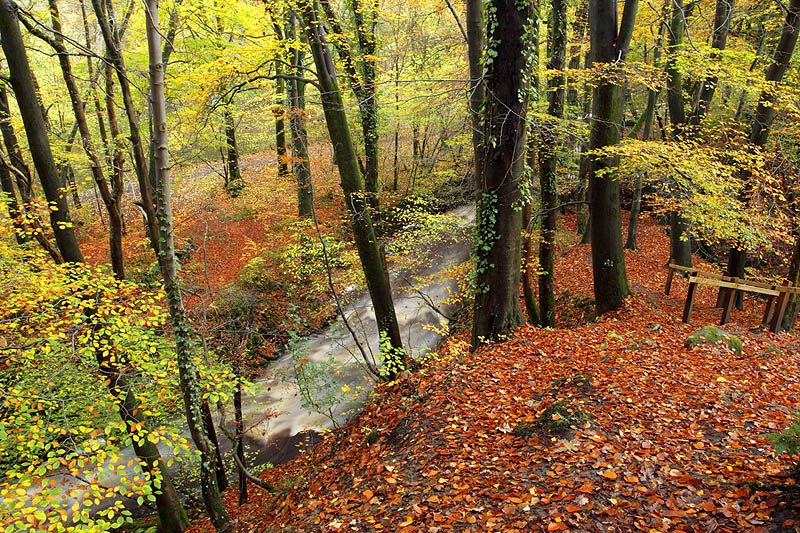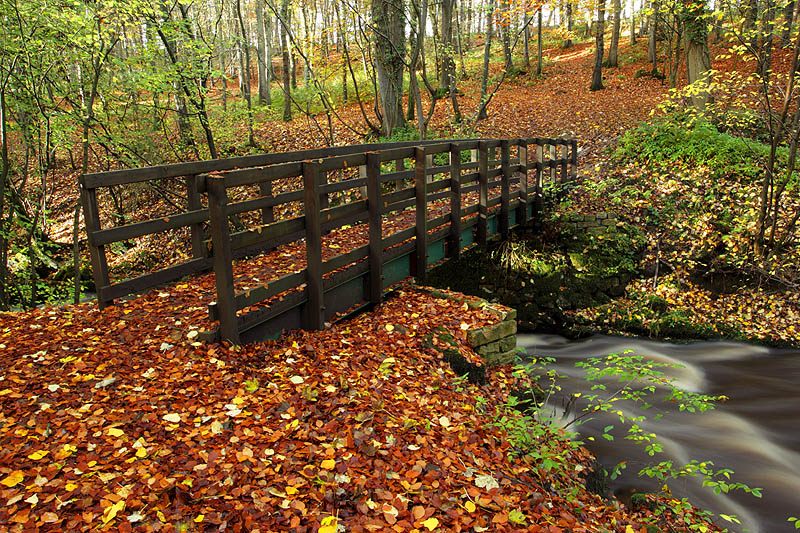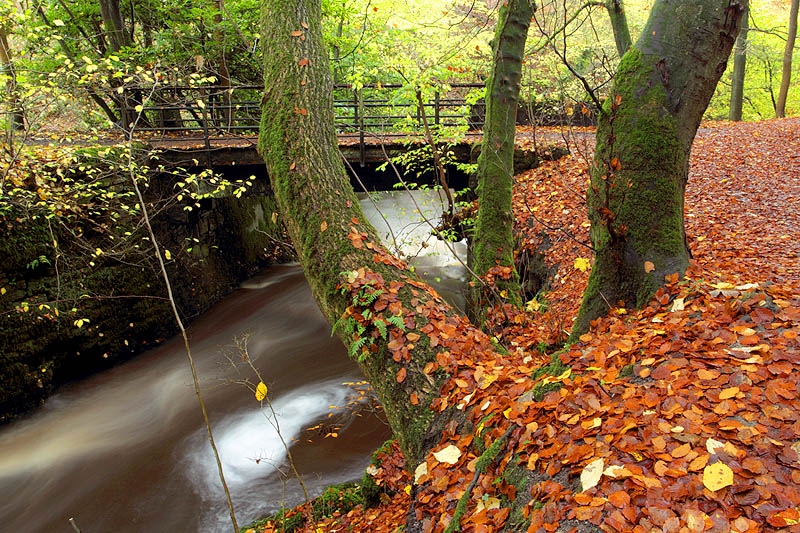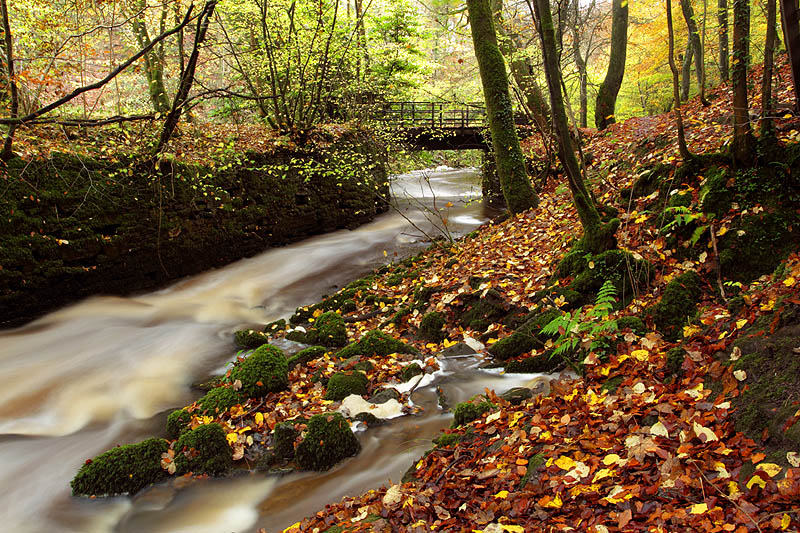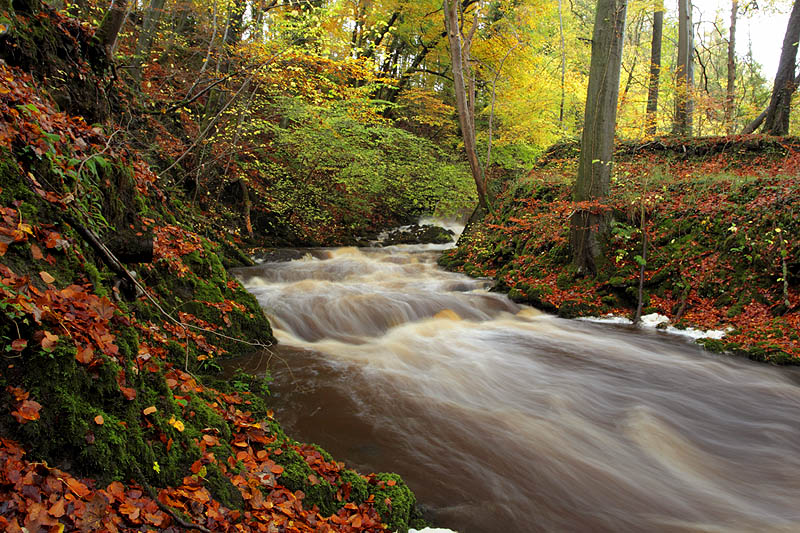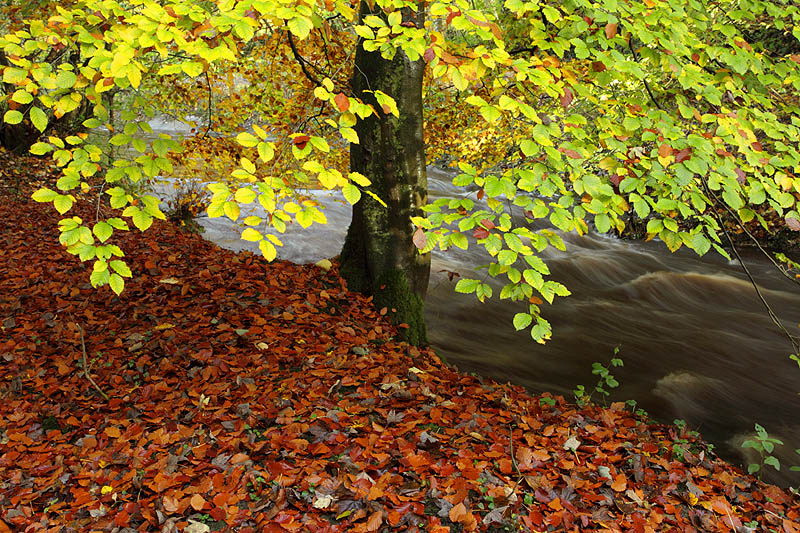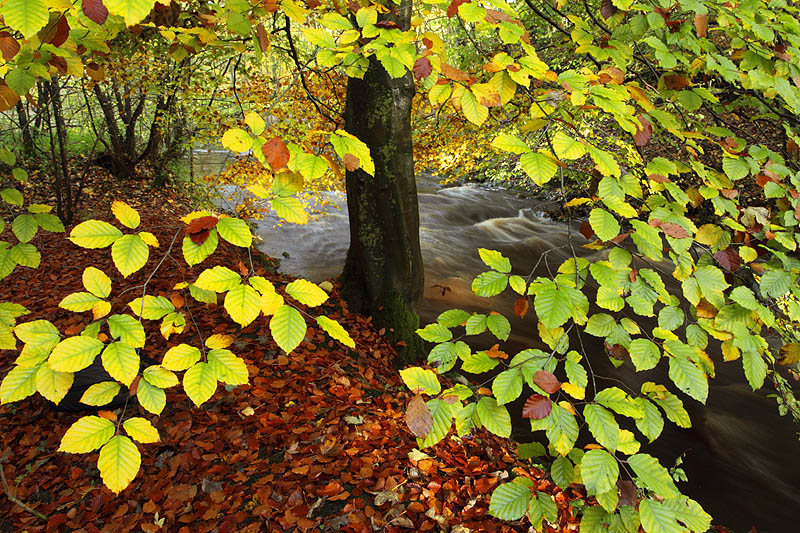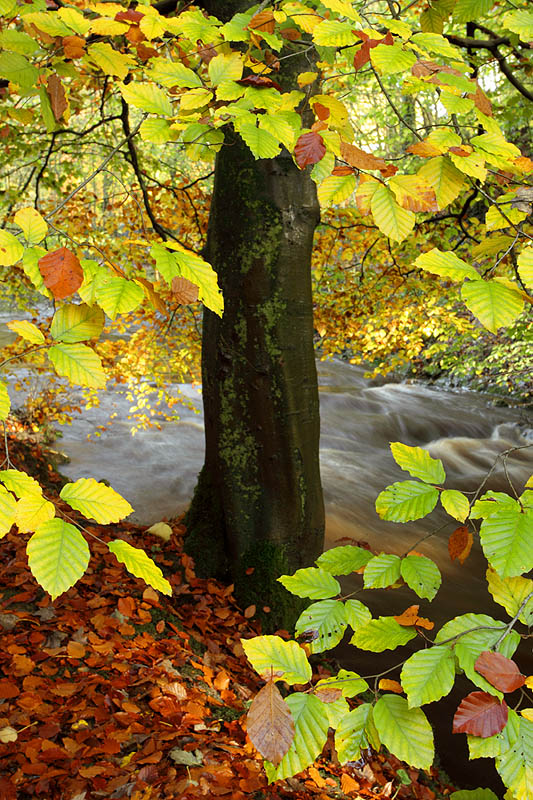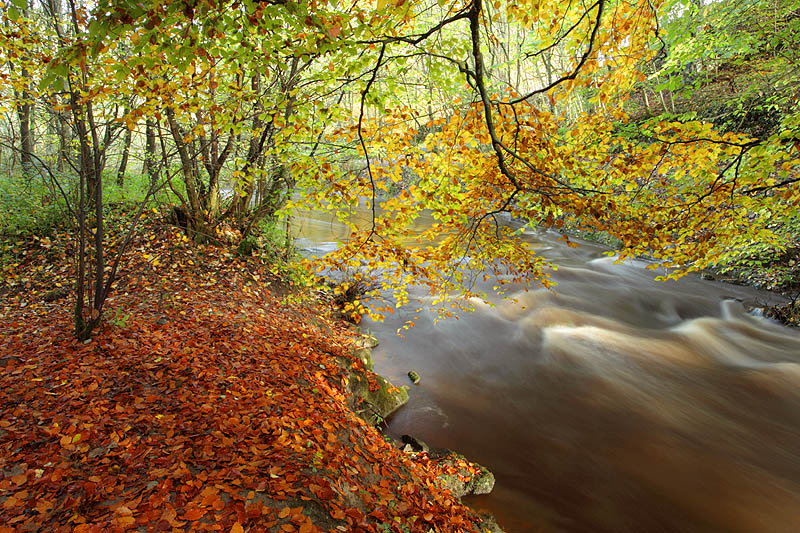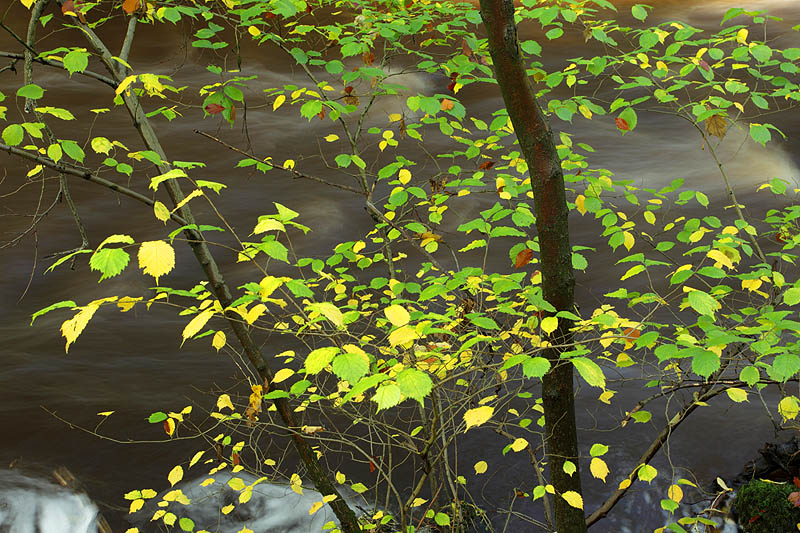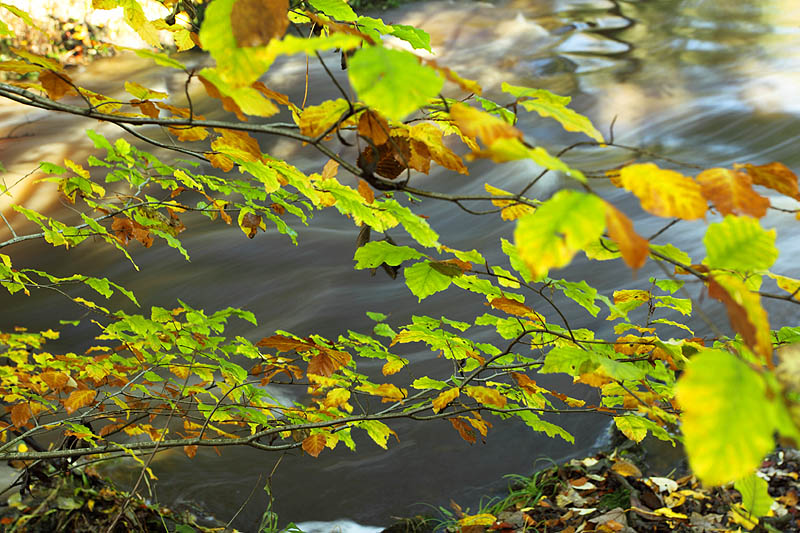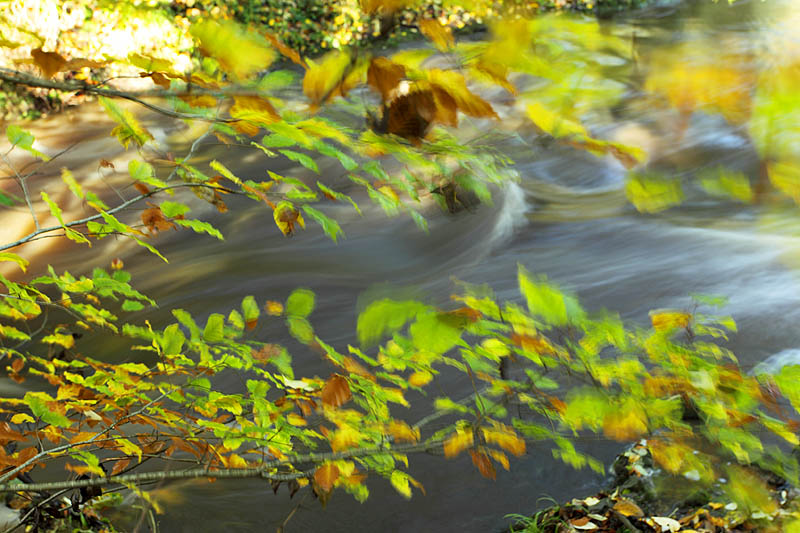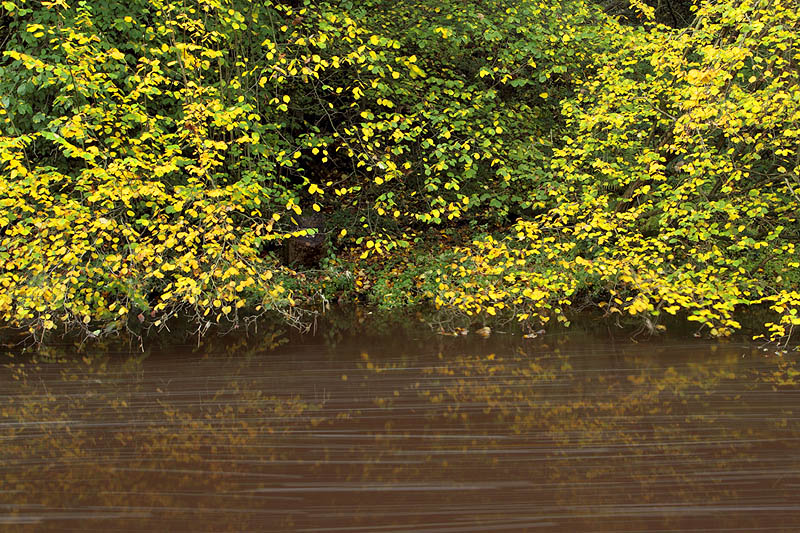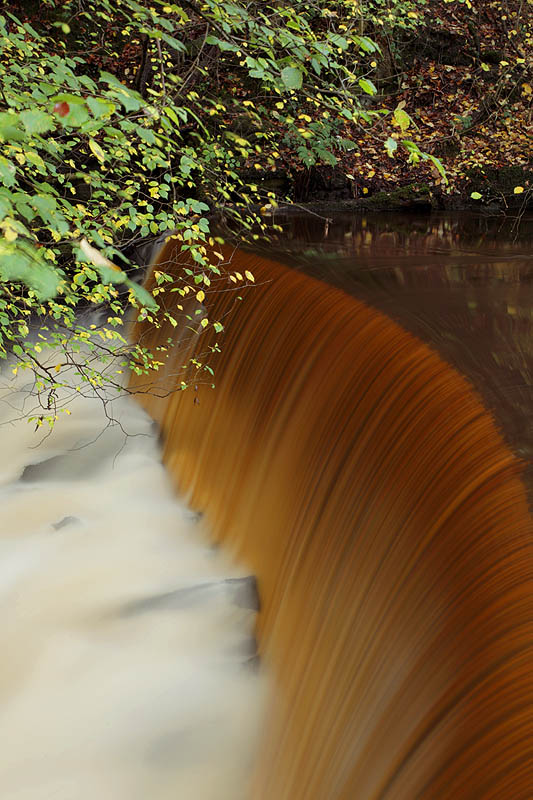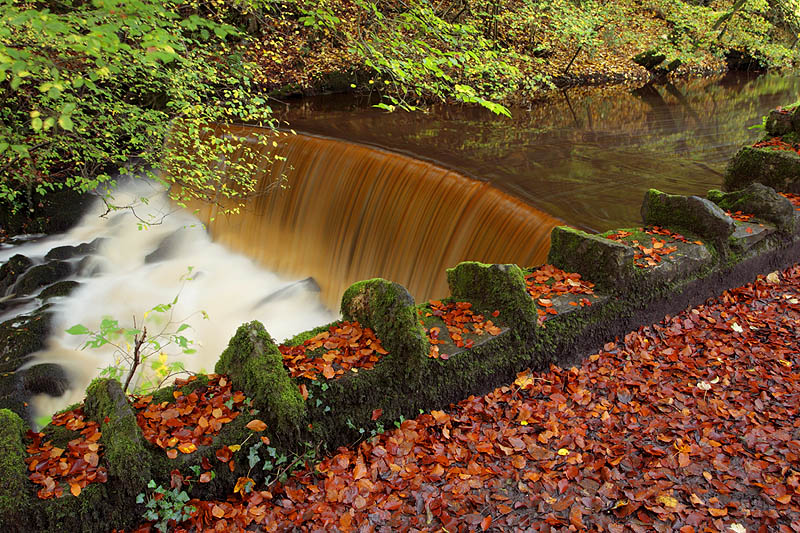September is one of those months where I sometimes struggle with what to photograph. The flowers of summer are largely over but the colours of autumn have yet to arrive. There is however one subject that grabs my attention, providing one of the best spectacles a nature photographer could wish for. Spider webs. And lots of them..! A clear night can yield masses of these beautiful structures that glisten in the early morning dew. In fact, it’s not just September – I find that any time from August to November is worth a look in the right conditions.
I know my local sites in depth and when good conditions appear I seize the opportunity to make the most of them. With a clear sky overnight and temperatures dipping low, I set off early to my local wetland nature reserve hoping for low lying mists. Arriving before sunrise I was mesmorized by the patchy mist swirling its way through the water channels. The potential for landscape shots was good, but I was equally struck by the sheer number of spider webs, criss-crossing the foliage, like glistening tiny tightropes slung between stems. I turned my attention to the webs, taking my time to find the best compositions.

The image I really had in mind was a wide angle shot – with spider webs in foreground as part of a wider view of the reserve and background disappearing into mist. I decided to stick with my wide angle Canon 24mm. At 6.30am the sun was already starting to burn through the mist so I needed to use a graduated filter to darken the sky; first off I used a 2 stop hard edged ND grad, but as it got brighter I added an additional 2 stop soft edged grad – for these kind of images there is a huge amount of contrast to deal with!


It wasn’t long before the sun’s intensity increased, casting a soft golden glow as it filtered its way through the mist. The stronger light allowed me to compose an image of a string of back-lit webs, separated nicely from the darker background reeds. This image wasn’t easy to achieve – the light really has to be perfect to highlight the webs strongly enough but not completely destroy the mist.

As the sun continued its ascent the mist began to dissipate and I concentrated on isolating the many spider webs that were now strongly back-lit. For these images I opted for my Canon 100mm F2.8 macro; this is such a great lens for this type of photography – perfect for giving that extra separation from the background, helping make the webs stand out.


I went with my instincts, searching for pleasing compositions as I tried to capture the mood of the morning in camera.

Within an hour those special conditions were gone and any more photos just simply wouldn’t match up. I began the walk back, content in the knowledge that I had experienced the best time of the day – and captured some beautiful atmospheric images.
If you are interested in seeing more of my work please visit the Photo Galleries at www.paulmiguel.co.uk. If you want to learn how to take Nature Photographs like these then why not book a One to One Photography Workshop and receive expert guidance for the day.
Paul





